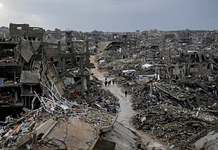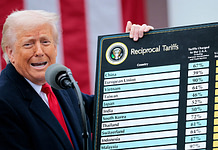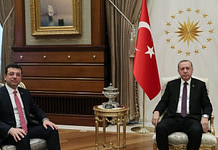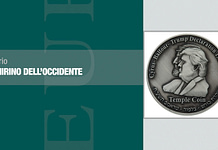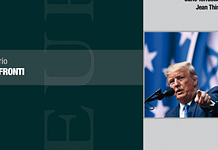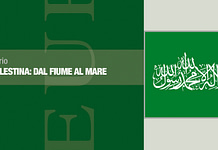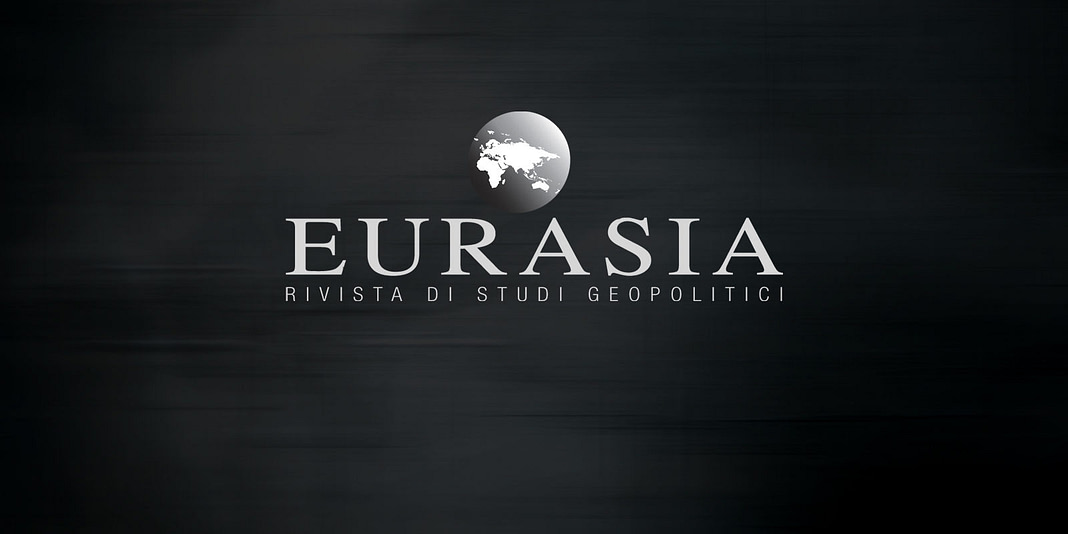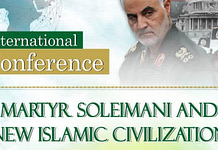The geopolitical cycles of the Arctic
The geopolitical history of the Arctic – leaving aside ancient references to the region and the Viking explorations, that cannot easily be evaluated in typically geopolitical terms – can be divided, in a preliminary approximation, into at least three cycles.
A first great cycle, which we can call the cycle of great exploration and of the initial Arctic maritime activity (maritimisation) can be defined starting around 1553, that is, when the English navigator Hugh Willoughby began searching for a North-East passage, and going to the second half of the 1820s. This first cycle – during which the “maritimisation” process of the Arctic basin took place, set off by the construction of ports and the planning of commercial routes – falls under the heading of the search for new routes to the Orient, an undertaking supported mainly by European nations. At the end of the eighteenth century and the beginning of the nineteenth the regional actors were Denmark and the British and Russian empires. The rivalry between Russia and Great Britain, that is, between a great land-based and a great sea power, is the key to understanding the principal geopolitical tensions in this region in the course of the first years of the nineteenth century.
The agreement signed in 1826 between St. Petersburg and London delimiting the frontier between the so-called “American” Russia and the English possessions in North America inaugurated a new phase in the history of the polar region. Even though that agreement was aimed at reducing frictions between the two geopolitical entities, it wasn’t successful in its intent. The geopolitical tension between the two empires in this part of the planet was mitigated only in 1867, when Russia, in order to block the British from taking root in the Arctic, ceded Alaska to the emerging United States of America for $7.5 million.
Far from being Seward’s Folly, as it was called after the then-Secretary of State, the acquisition of Alaska represented, for the era, the arrival of Washington’s “Nordic” policy. In fact, the US, intending to project its power toward the Arctic pole, had entered into negotiations with Denmark to acquire Greenland. As noted, the USA reached its strategic objective of controlling the majority of the arctic circle only after the Second world War, installing the Thule military base in Greenland.
With the new entrant in the circum-polar navigation club, frictions arose that marked the successive phase of the geopolitical history of the Arctic. This is the cycle of sovereignty or territorial claims, which began in 1826 with the delimitation of the frontier and terminated in 1991 with the dissolution of the USSR. It was characterized by the expression of theories on the partition of the region and its growing militarization, which, started over the course of two World Wars, was, without interruption continued and intensified in the context of the Cold War. The area’s important geostrategic function, which it still plays today, as one of the main platforms for nuclear dissuasion, was fully recognized by the main regional actors, particularly the US and the USSR, and also Canada, and it was fully integrated in the respective geopolitical doctrines of the time.
The third cycle, which we can define as Arctic regional identity or multilateralism, placed between 1990 and the first years of this century, is marked by Moscow’s slight commitment – geopolitically fallen back into itself after the collapse of soviet structure – in supporting its own regional interests, by the renewed tensions between Canada and the US, by the timid presence of the European Union, which states the so-called policy of the Nordic Dimension, and, in particular, by some international or multilateral initiatives. These initiatives, based principally on the common Arctic identity, on the idea of an “Arctic Mediterranean,” with regard to minorities and the environment and the so-called sustainable development, are aimed both at reinforcing the internationalisation of the area, and at attenuating the frictions that have emerged in the restricted club of the circum-polar nations regarding sovereignty. It must still be observed that on the plane of real power relationships, especially those concerning military and geostrategic settings, the USA holds, in this brief cycle, the position of dominant nation in the entire zone, both directly and through the Atlantic alliance. The other actors play a marginal cameo role.
The Arctic in the multipolar scenario
The Arctic is now, in the structuring of the new multipolar system, one of the most contested areas of the planet, not only because of its energy and mineral resources under the ice pack, but for its particular geostrategic position, the effects that global warming could produce regarding its practical use, and especially because of the return of Russia as a global actor.
Considered for a long time to be of limited geopolitical interest, mainly because of its inaccessibility, the Arctic circle has in fact become – as of August 2, 2007, when the crew of two submarines set the Russian tricolour on the Arctic ocean floor at a depth of 4200 metres – an area of increasing conflict among circum-polar countries and of great interest to China and Japan. This date, which probably marks the opening of a new geopolitical era for the Arctic region, highlights first of all the renewed interest of Russia to defend its continental and coastal territory as well as the determination followed by the Kremlin to participate in the constitution of a new planetary order after the long period of bipolarism and the shorter, geopolitically catastrophic “unipolar moment.”
The Russian “claim” on the Arctic space is fully included in the Putin Doctine aimed at re-establishing, in a mulipolar prospective, the due weight of Russia in the entire and complex world space. This is one “claim,” or rather an assumption of responsibility regarding the new world scenario, that President Medvedev, currently in the Kremlin, seems to support with conviction.
Moscow, after having reacquired prestige in the Caucasus and in Central Asia, renewed its relationship with China and, especially limited, as much as possible, the crumbling of its “near abroad”, is now turning toward the North.
This shouldn’t in fact be surprising, with the Russian territory, as Pascal Marchand reminds us, being the result of a historical process marked by two geographical natures: continentality, that is, expansion on the Eurasian continent, and nordicity, expansion towards the Arctic.
These two policies, beyond the push toward the Indian Ocean, indicate again Russia’s destiny in the new great 21st century.
In the frame of reference the Arctic, mythical home of Vedic peoples according to studies carried out by the Indian politician and intellectual Bal Gangadhar Tilak, will become one of the main places in play in the next twenty years.
Questo articolo è coperto da ©Copyright, per cui ne è vietata la riproduzione parziale o integrale. Per maggiori informazioni sull'informativa in relazione al diritto d'autore del sito visita Questa pagina.


